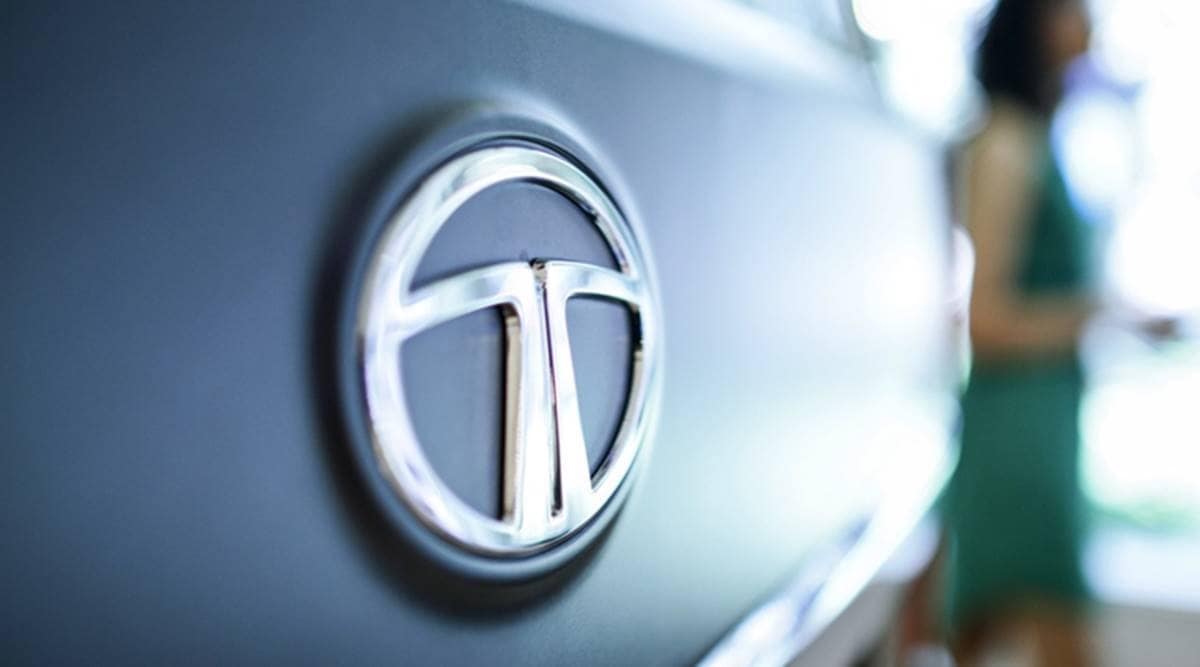 The notice comes days after the Delhi government announced that 100 charging stations will be set up in the city.
The notice comes days after the Delhi government announced that 100 charging stations will be set up in the city. The Delhi Transport Department issued a show cause notice to Tata Motors as an electric vehicle produced by the company failed to provide optimal range as was promised to a customer.
The notice was issued on February 8, five days after a complaint was received by a resident of Najafgarh. Rajesh Kumar, who owns a new Tata Nexon EV XZ+, complained the vehicle lasts only 200 km per charge, as opposed to 312 km promised by the company.
We are proud to announce that Jharkhand CM @HemantSorenJMM will be the Chief Guest of the discussion ‘Decoding India’s internal migration’ on February 12 at 2pm.
Register here to join: https://t.co/ngDRKfgS9T pic.twitter.com/7DLIk0HZju
“Therefore, a show cause notice is issued, as the vehicle had failed to provide optimal range to the consumer as promised by the OEM (original equipment manufacturer). Tata Motors is directed to depute a representative to appear before the undersigned on 12:00 pm February 15, 2021, failing which further action, including delisting of this model from eligible e-vehicles, can be considered in this matter,” the notice read. The model was earlier approved under the eligibility conditions of the Delhi EV policy. To encourage purchase of electric vehicles in the city, certain incentives are to be given to buyers. The notice comes days after the Delhi government announced that 100 charging stations will be set up in the city.
In response to the notice, a Tata Motors Limited spokesperson said: “We are taking all possible measures to address this. The range at single full charge (312 km) for the Nexon EV is on the basis of certification received from the Automotive Research Association of India (ARAI), which is the official body that independently tests all mass produced vehicles under standard/defined test conditions before they can be offered to customers. As with conventional vehicles (with IC engines), the actual range achieved in EVs depends on AC usage, individual driving style and the actual conditions in which the vehicle is driven. The range achievement is also a function of familiarity with the new technology, and customers report improvements upwards of 10% within 4-6 weeks of familiarity.”